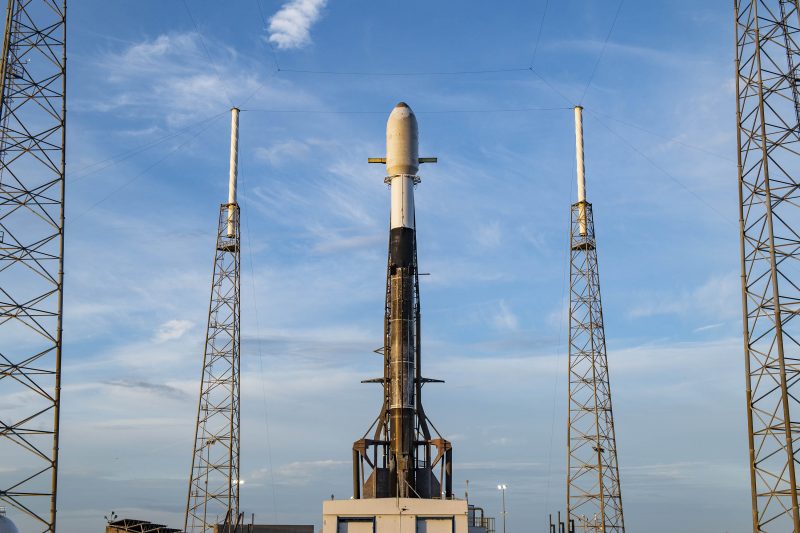Latest News

Falcon 9 on the launch pad ahead of the June 30 Transporter-2 mission. Photo: SpaceX
SpaceX conducted the second mission in its dedicated service on Wednesday afternoon, carrying 88 spacecraft to Low-Earth Orbit (LEO).
The Falcon 9 rocket took off from Space Launch Complex 40 at Cape Canaveral Space Force station in Florida at 3:31 p.m. After stage separation, the booster was recovered for the eighth time. This booster was recovered on land, the first time SpaceX has recovered a booster on land this year.
This mission marked SpaceX’s second launch to polar orbit from Florida. The satellites began to deploy over a series of deployments about an hour into the mission. Deployment sequences ended about 1 hour and 30 minutes into the mission when three Starlink satellites on board were deployed.
Wednesday was a big day for smallsat launch, as Virgin Orbit successfully deployed 7 satellites for three customers in its first commercial mission earlier in the day.
The Wednesday SpaceX mission included 85 commercial and government spacecraft including cubesats, microsats, and orbital transfer vehicles, and three Starlink. Although there were fewer satellites on this mission than the record-setting 143-satellite Transporter-1, SpaceX said this launch carried more mass to orbit. The list of customers is like a roll call for New Space players.
Spaceflight managed the launch for 36 payloads for 14 organizations: Aerospacelab, Astrocast, HawkEye 360, In-Space Missions, Kleos Space, Loft Orbital, Lynk Global, NearSpace Launch, OQ Technology, Orbit Fab, Orbital Sidekick, Spire Global, Swarm Technologies, and an undisclosed spacecraft. Spaceflight deployed the satellites using two of its orbital transportation vehicles, Sherpa-FX, and the industry’s first electric propulsion vehicle, Sherpa-LTE1.
German rideshare provider Exolaunch organized the ride for 29 spacecraft, using 10 of its CarboNIX separation systems. Customers included Satellogic, Iceye, NanoAvionics, and TU Berlin. In addition, Maverick Space Systems and D-Orbit also deployed customer satellites. Other customers on the mission included Capella Space, NASA, Tyvak, Defense Advanced Research Projects Agency (DARPA), and the Space Development Agency (SDA).
The launch was scrubbed a day earlier at just 11 seconds before liftoff because a private aircraft entered the restricted airspace. SpaceX Chief Engineer Elon Musk was critical of launch restrictions after the scrub.
“There is simply no way that humanity can become a spacefaring civilization without major regulatory reform. The current regulatory system is broken,” Musk said.
Get the latest Via Satellite news!
Subscribe Now